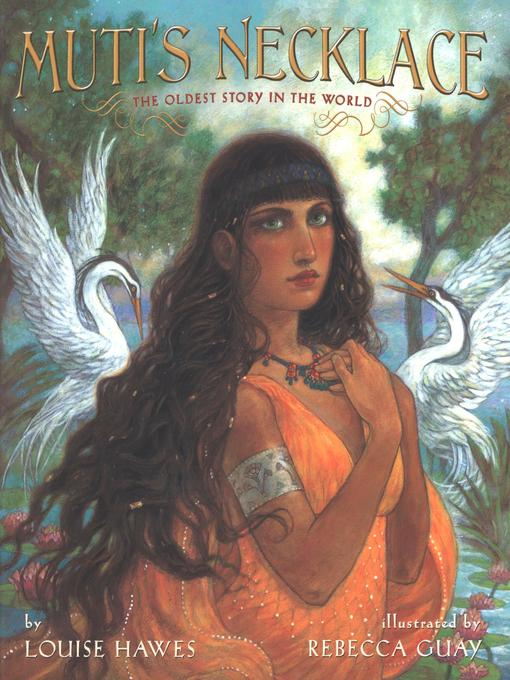Thousands of years ago in Egypt, a girl named Muti receives a beautiful necklace from her father. He has carved it himself—from “turquoise as blue as a dragonfly's wing, and carnelian, as red as the inside of a pomegranate." Muti wears it every day as she grows from a small child into an independent young woman.
When at the age of thirteen she is sent to work for King Snefru, the mighty Pharaoh of Egypt, Muti finds out just how precious her necklace really is. And in the process, she learns the value of standing up for what she treasures most.
With Louise Hawes's clear, evocative prose and Rebecca Guay's rich, powerful illustrations, Muti's tale from thousands of years ago burns brightly alive today.




